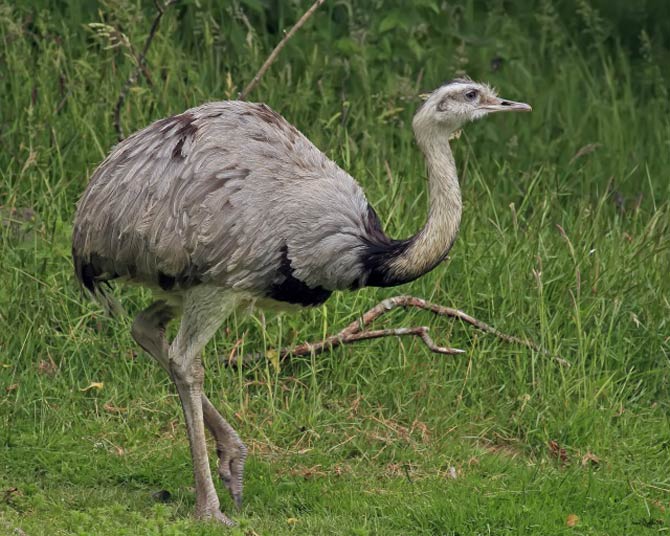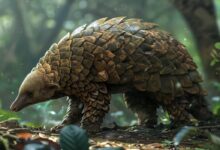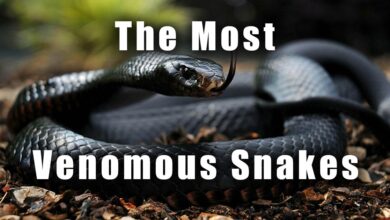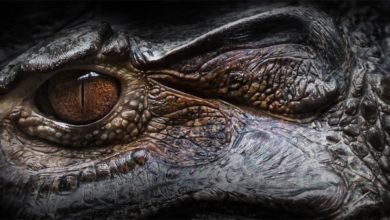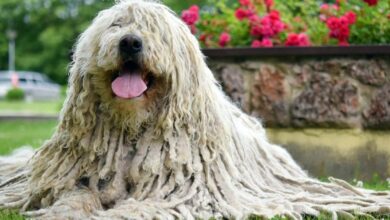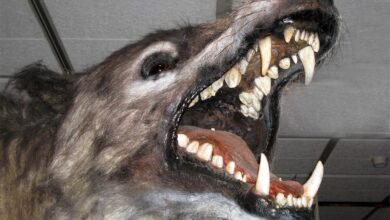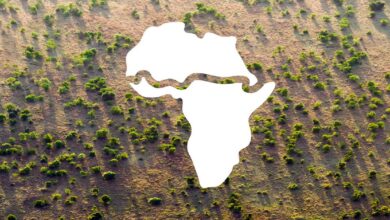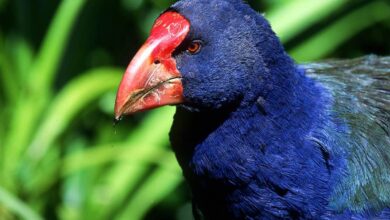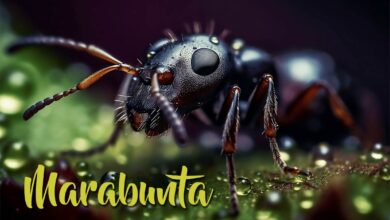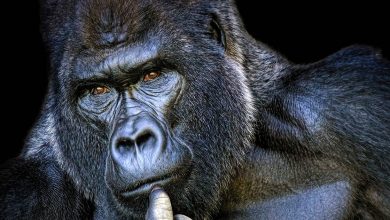Greater rhea and Lesser rhea
The Greater rhea and Darwin’s rhea
The rhea are the only representatives of Rheidae family living in South America. The rhea is the bird that nature has taken away the ability to fly but but gave a talent to adapt to ground life. As the typical flightless bird, it is compared to the ostrich, the emu and the cassowary.
Scientific classification
- Kingdom: Animalia
- Phylum: Chordata
- Class: Aves
- Order: Rheiformes
- Family: Rheidae
- Genus: Rhea
There are two species belonging to the rhea order:
- The greater rhea, the American ostrich, the pampas rhea (Rhea americana)
- The lesser rhea, the Darwin’s rhea, the Darwin’s ostrich (Rhea pennata)
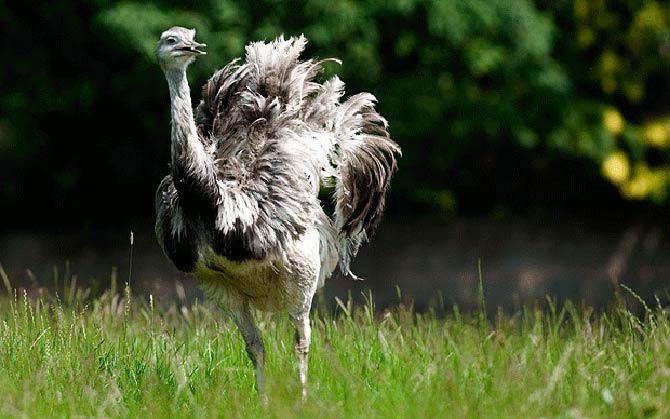
Distribution
The rhea lives in wild only in South America, among other things in Argentina, Brazil, Peru, Bolivia, Paraguay and Uruguay. Both species: the lesser rhea (Rhea pennata) and the greater rhea (Rhea americana) prefer open areas. The first one chooses grassland, the scrubland and even salt desserts. It lives in areas at the height of not more than 4500 m above sea level. The second species likes open grassland, pampas and it most willingly stays next to water; it lives in lowland areas most often and it rarely exceeds the height of 1200 m above the sea level.
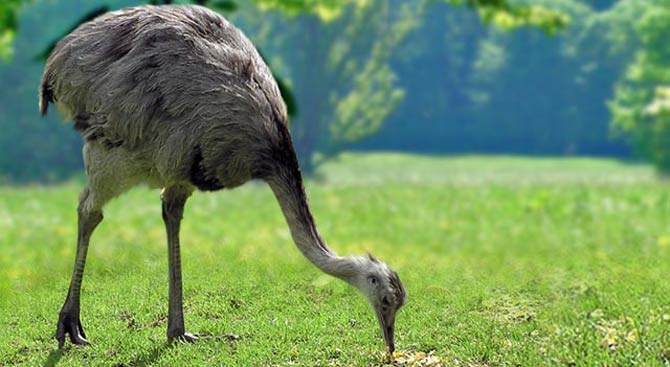
Appearance
The rhea is a big flightless bird with grey-brown plumage, a long neck and it stands on long legs. It is very similar to the North African ostrich (Struthio camelus). The lesser rhea is a little bit smaller than the greater rhea. While walking, the bird spreads its wings which act as sails. Contrary to the majority of birds, the rhea has got only three toes. Its urine is stored in a separate organ out of the cloaca, which keeps feces.
Diet
The rhea is omnivorous but it prefers leaves, seeds, roots, fruit as well as small rodents, reptiles and insects.
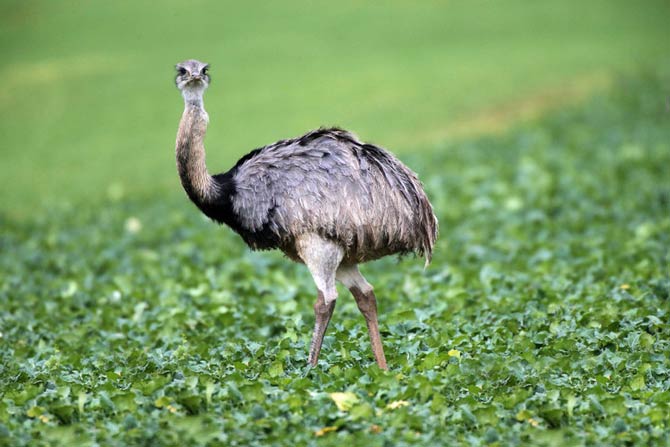
Reproduction
The rhea is a typical polygamist- the male mates with 2-12 females during one mating season. After the copulation, it builds the nest where the female lays eggs. The nest is full of branches, leaves and grass inside. The father incubates from 10 to 60 eggs and meanwhile, the female goes on the mating activities. The incubating male may be more aggressive towards other rheas (especially females) and people. These birds do not reproduce till the age of 2.
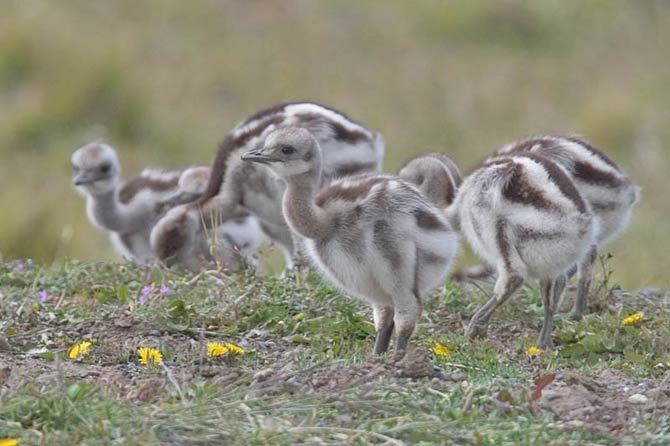
The characteristics of the species
The lesser rhea (Rhea pennata)
It stays in the Altiplano plateau and Patagonia. It prefers grassland, scrubland and swamps. Its built is similar to the common ostrich: it has a small head and the bill but its long neck and legs are impressive. Its wings are the biggest out of all ratites and thanks to them , it can move really quickly and a lot of predators cannot catch it. The effective weapon is its sharp claws which leave bad wounds. Its plumage is white-brown and the upper part of legs is also covered with hairy feathers.
The bird, which is mainly herbivorous, is really willing to enrich its menu with the lizard, the beetle or the grasshopper. Out of plants, it chooses fruit, cactus and grass.
The lesser rhea is a rather peaceful and quiet bird except for noisy chicks and males looking for female partners. What is more, males are more aggressive while incubating eggs and that is why females place the future offspring next to the nest and not directly into it.
The father takes most eggs to the nest but some of them are left out of the nest and it results in decay, which attracts flies. The incubation period lasts 30-44 days and there are from 5 to 55 green-yellow eggs in one brood. Eggs’ size is 87-126 mm. Chicks become completely developed at the age of 3 years old.
Detailed information / size
- Length: 92 – 100 cm (36–39 in)
- Height: 90 – 100 cm (35–39 in)
- Length of the bill: 6,2-9,2cm
- Tarsus: 28 – 32 cm (11 to 13 in)
- Weight: 15 – 28.6 kg (33–63 lb)
- Speed: 60 km/h (37 mph)
The species is close to become endangered.
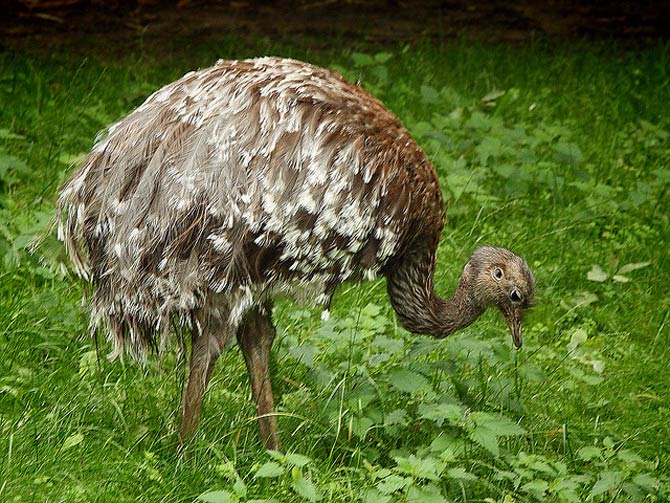
The greater rhea (Rhea americana)
It lives in Uruguay, Argentina, Paraguay, Bolivia and Brazil; it chooses open areas such as grassland, savannahs, scrubland, desserts, backwater and maquis. It avoids wet tropical forests and the height of above 1200m above sea level. During the mating season (spring and summer), it stays close to water.
The head and the bill are of small size, legs are strong and long having three toes, the back toe does not exist. Wings are quite long but the rhea uses them while walking to keep balance on sharp curves. The puffy feathers resemble grey or brown hair. Males are darker and bigger than females. There are also albinotic species having white feathers and blue eyes. The rhea’s chicks have got the striped plumage.
It is rather quiet after the mating period. During the reproductive season, it combines 10-100 species flocks in which males become aggressive towards males of the same gender. Groups fall apart in the winter after the breeding period. The chased bird escapes in a zigzag way raising its wings alternately.
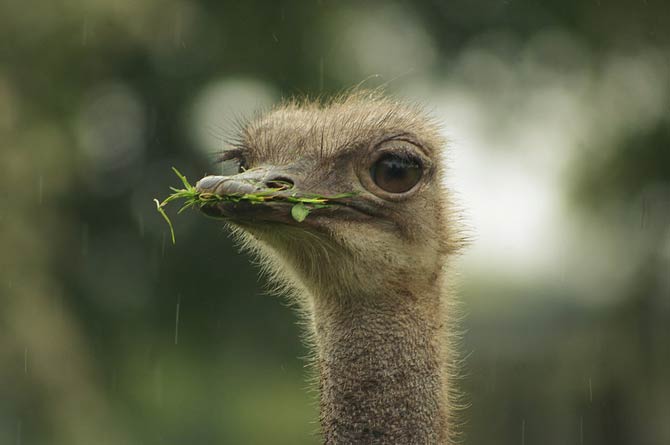
Its diet consists mainly of leaves, seeds and seasonal fruit. It also eats insects, scorpions, small reptiles, birds and rodents. It really likes avocado and the Annonaceae plants. It eagerly eats ‘difficult’ plants, e.g. the thistle. As the bird likes stodgy plants, it must swallow stones to facilitate crumbling in the stomach. It can sometimes swallow the metal or the gleaming items.
Males and females are polygamists but females leave eggs under fathers’ protection and they take care of the future offspring. One nest can be used by a few females, which lay up to 80 eggs together and during the brood of one mother, there are from 5 to 10 eggs. The shard is green-yellow but it changes its color to a cream color under the influence of the light. The incubation lasts 29-43 days and all chicks hatch out even during 36 hours if certain eggs appeared in the father’s nest during the two-week interval. After around three months, the young are well-developed but they become completely mature after around 14 months.
Detailed information / size
- Length of the body: 127 to 140 cm (50 to 55 in) / max 150 cm (59 in)
- Height: 104 – 170 cm (4 ft 7 in to 5 ft 7 in) / max: 183 cm (6.0 ft)
- Length of the bill:8–10.4 cm (3.1–4.1 in)
- Wingspan: up to 250 cm
- Weight: 20–27 kg (44–60 lb), the male’s weight is even up to 40 kg (88 lb)
The species is close to become endangered.
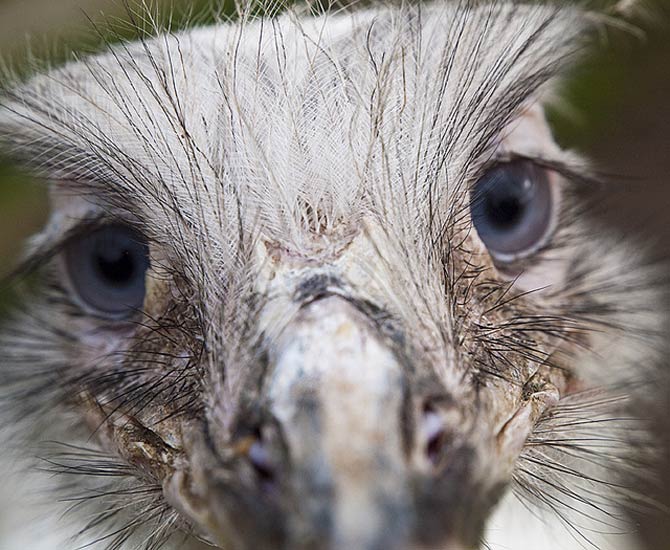
The rhea – curiosities
- The rhea is very useful for farmers, especially the greater rhea which eats insects damaging crops, i.e. locusts, grasshoppers, cockroaches and hemipters. It cannot stand grains and the eucalyptus.
- The rhea can reach a speed of 60 km/h (37 mph).
- After the mating season, the lesser rhea is a very sociable bird and lives in flocks which are from 5 to 30 species of both genders and of different age.
- The small population of the greater rhea was established in Germany in Gross Gronau. Three couples from the breeding escaped in August 2000. Birds survived winter, crossed the Wakenitz River and stayed on the territory of Mecklenburg- the Western Pomerania close to the Thandorf village.
- In South America, parts of the rhea body are very useful in everyday human’s life: there are dust brooms made out of feathers, jackets or coats out of the skin, meat is a treat for a lot of people.
- Since 1987, the rhea’s image has been minted at 1-centavo Argentine.
- Last research has shown that some rhea’s males use subservient species of the same gender for protection and incubating eggs so as dominators could continue the mating.
